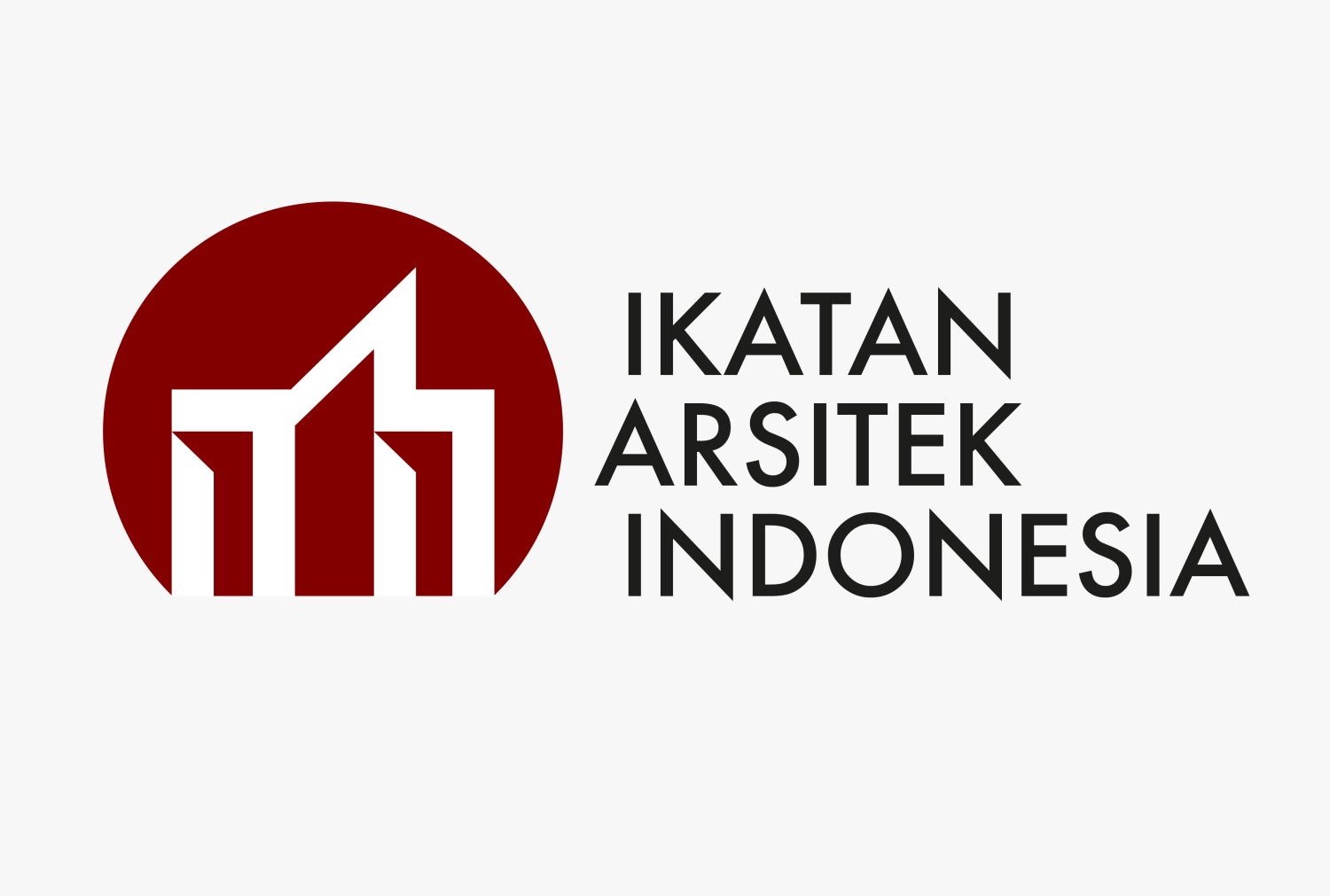Aplikasi Urban Akupuntur Sebagai Upaya Mitigasi Bencana pada Permukiman Kumuh di Kota Makassar
DOI:
https://doi.org/10.31101/juara.v6i1.2757Abstract views 539 times
Keywords:
urban akupuntur, spasial, perancangan kota, permukiman kumuhAbstract
Downloads
References
Aouad, D. R. (2017). Urban acupuncture as a tool for today’s re-naturalization of the city: The non-constructible parcels of municipal Beirut through the case study of Saifi district. In Architectural Research Addressing Societal Challenges (pp. 627-636). CRC Press.
Balai Penelitian dan Pengembangan Perumahan Wilayah III Makassar (2019), Balla’ Longga’ : Alternatif Hunian Vertikal Berbasis Pemukiman Suku Bugis-Makassar dengan Pendekatan Perencanaan Partisipatif
Casagrande, M. (2020). From urban acupuncture to the Third Generation City. In Nature Driven Urbanism (pp. 131-153). Springer, Cham.
Kotaku-Kota Tanpa Kumuh (2018). Rencana Penataan Lingkungan Permukiman Kelurahan Tallo. Kementerian Pekerjaan Umum dan Perumahan Rakyat, Direktorat Jenderal Cipta Karya, Direktorat Pengembangan Kawasan Permukiman.
Lastra, A., & Pojani, D. (2018). ‘Urban acupuncture’to alleviate stress in informal settlements in Mexico. Journal of Urban Design, 23(5), 749-762.
Marzi, M., & Ancona, N. (2004). Urban Acupuncture Renewal of a Milan's Urban Ring Road. In 40th ISoCaRP Congress.
Minhao, Z., Lubei, L., Junyi, F., & Jiameng, P. (2014). City acupuncture: the sustainable development of the balanced city in post-industrial age. In VI Seminario Internacional de Investigación en Urbanismo, Barcelona-Bogotá, junio 2014. Departament d’Urbanisme i Ordenació del Territori. Universitat Politècnica de Catalunya.
Muller, Barbel (2009). Narrating Urban Acupuncture (s), African Perspective 2009. The African City Centre Re (sourced) : African Perspectives 2009 Congress. 25 - 28 September 2009. University of Pretoria. Diunduh dari : http://crevilles.org/items/show/20126.
Putro, Jawas Djiwo (2011), Penataan Kawasan Kumuh Pinggiran Sungai di Kecamatan Sungai Raya. Jurnal Teknik Sipil Untan / Volume 11 Nomor 1 – Juni 2011,
Rosa-Jiménez, C., Nebot, N., Moreno, A. G., & Ballesteros, M. J. M. (2017, October). Near Zero Consumption Building as an Urban Acupuncture for a Vertical Slum. A Case Study in the City of Malaga, Spain. In IOP Conference Series: Materials Science and Engineering (Vol. 245, No. 5, p. 052028). IOP Publishing.
Thawaba, S. (2016). Urban Acupuncture and the ecological transportation hub, Ramallah, Palestine.
Downloads
Additional Files
Published
How to Cite
Issue
Section
License
With the receipt of the article by the JUARA and the decision to be published, then the copyright regarding the article will be diverted to Journal of JUARA. Universitas 'Aisyiyah Yogyakarta as the publisher of Journal of JUARA hold the copyright regarding all the published articles in this journal.
Journal of Health Studies is licensed under a Creative Commons Attribution-ShareAlike 4.0 International License.




